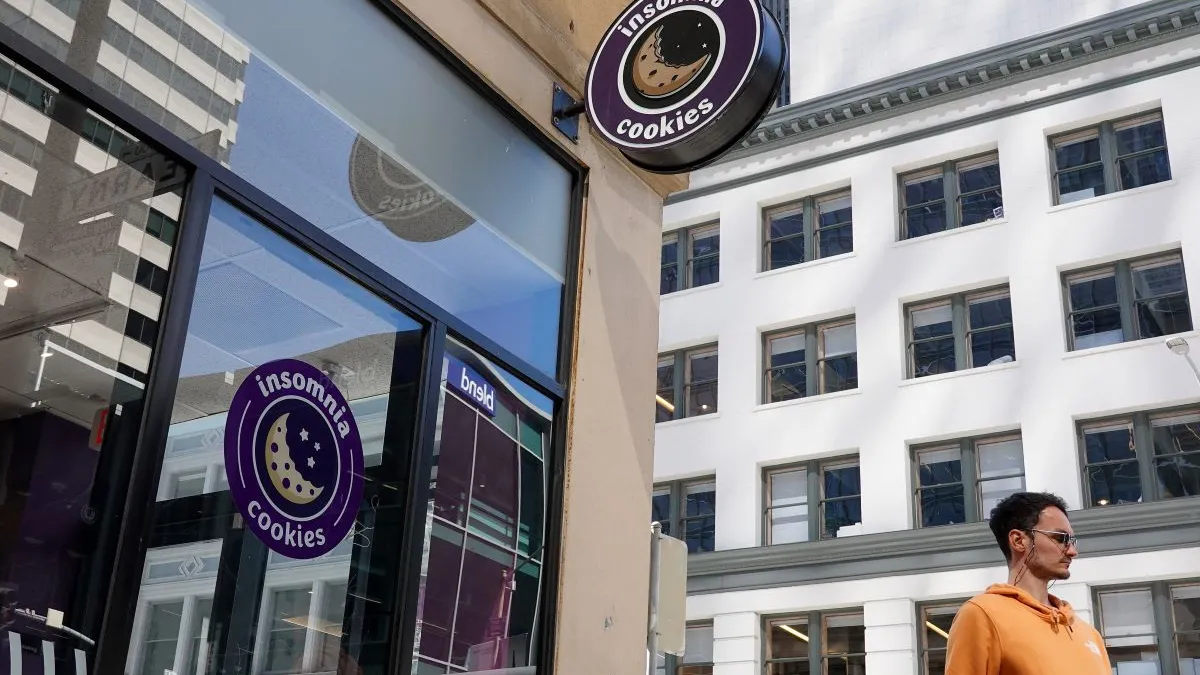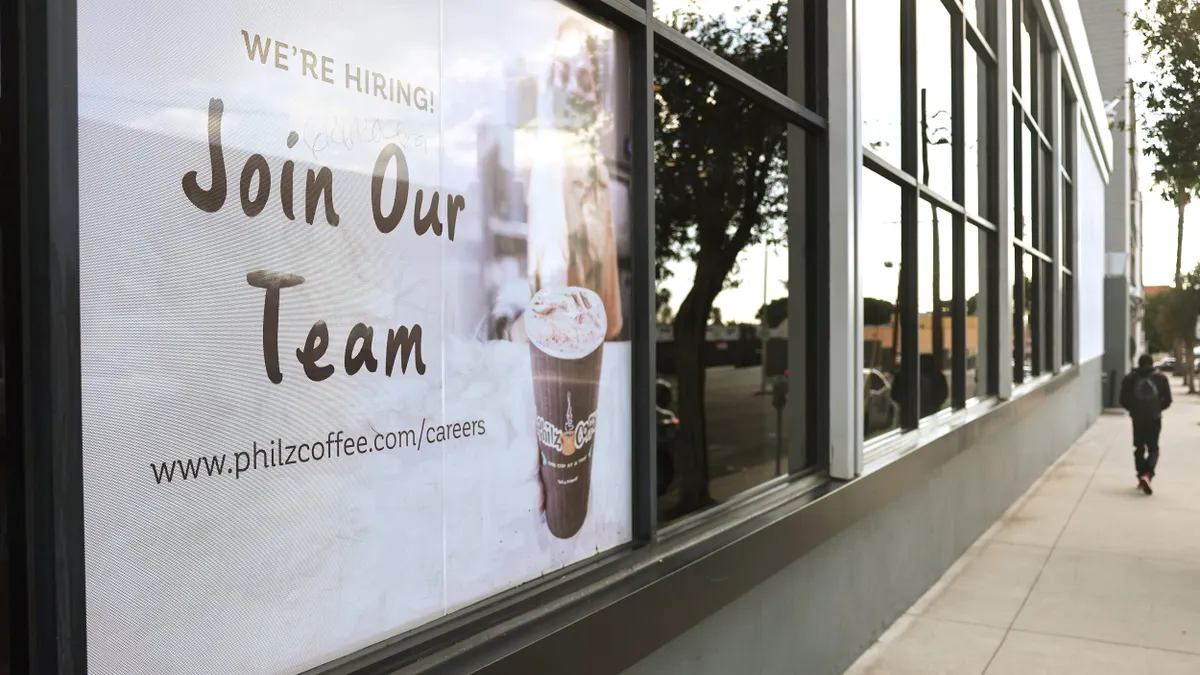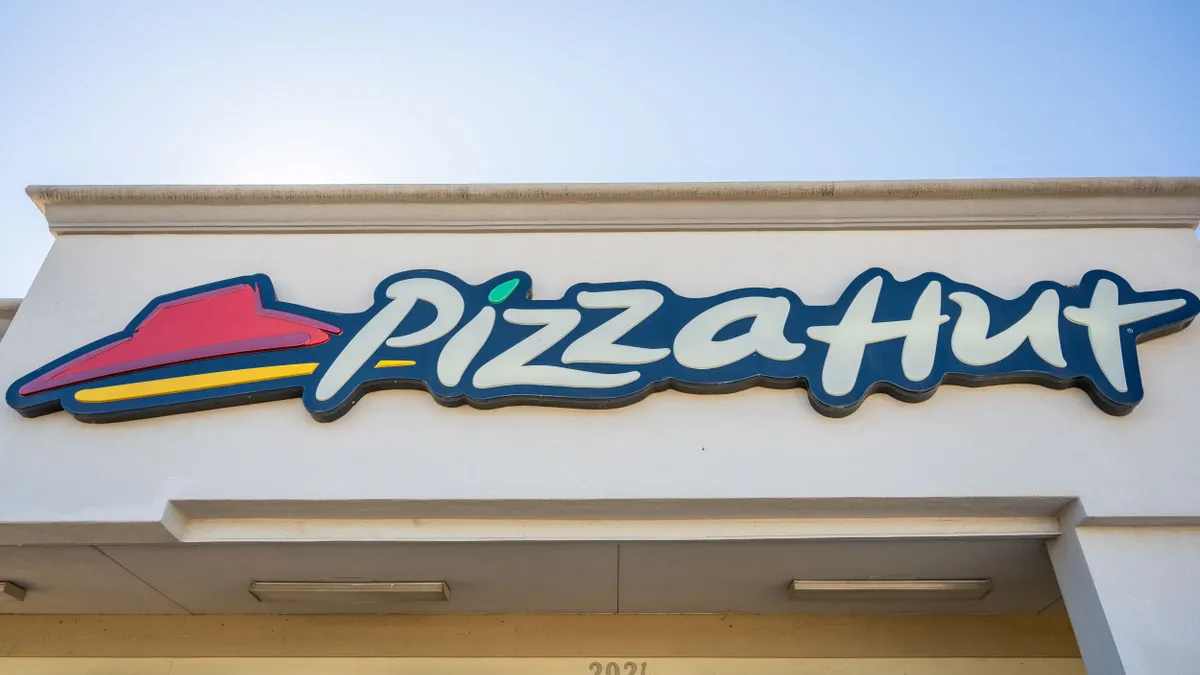HR professionals are commonly told to “do more with less.” But if necessity is the mother of invention, disruption is the family member looming in the background holding a rolled up newspaper. Tightening resources, changing technologies and frustrated employees calling for more flexibility have forced HR professionals to find adaptable workforce solutions that fit a shifting model.
“The world is changing,” Peter Sheahan told HR pros during yesterday's keynote at WorldatWork’s Total Rewards Conference, citing a running theme for the first day’s sessions. And that change is driving related disruptions to HR strategy, he said.
“Becoming more strategic” is a popular response to questions of how to deal with disruptive change. But what does that mean?
For many, that increasingly means changing up who is hired. The contingent or contractor workforce has exploded, growing from 10% of the workforce in 2010 to a predicted near 50% of the workforce by 2018.
But only 19% of HR leaders believe their businesses understand how the law works for contingent workers. Lots of questions angling for black and white clarity are met with gray answers and few certainties. Perhaps that’s why rewards for the contingent workforce made it onto the WorldatWork agenda for the first time this year.
So what’s going on in the world of contingent work? Here’s an update.
Why use contingent work?
At the “Rewards for Contingent Talent” session, a panel of experts described six categories of contingent work.
-
Freelancers and independent contractors
-
Temporary and seasonal work
-
Professional service providers
-
Outsourced service providers
-
Agency temp workers and staff augmentation
-
Special cases
Each type holds varying levels of risk balanced by cost. A freelancer, for example, will cost the least but carry the most risk, as they have to file their own taxes and generally manage some aspect of the compliance burden alone. Agency workers hold the least risk but generally come with heavy fees. What is the value to you? What can you afford to risk?
To answer those questions, an employer needs to consider why they are using a contingent workforce at all. The panel provided three top reasons cited by employers for hiring contractors:
-
Staffing flexibility
-
A need to bring hard-to find skillsets in-house
-
Cost savings
During the session, the room voted staffing flexibility as the top reason for hiring a contingent workforce, with cost saving gaining the least votes, similar to the Empsight study cited during the presentation. Employees also continue to see flexibility favorably, and it's why so many have opted for the independent contractor model.
Perhaps unsurprisingly, IT remains the biggest user of contingent labor.
Compliance challenges
While the legal mechanism for determining a contractor vs. full-time employee has simplified from 20 rules to three categories, a spate of legal altercations — including the billion-dollar lawsuits in play against Uber — over employee classification show that full clarity is far from achieved.
Federally, the DOL considers three categories that make up an employee-employer relationship to determine classification: Behavioral, financial and relationship.
Some states apply a separate test that could be weighed differently, the panel experts noted. Coca-Cola is taking a conservative approach to employee classification state-by-state thanks to the courts’ uneven rulings on the matter, said Wendy Person, global contingent talent governance director at The Coca-Cola Company.
Globally, the issue only gets more complicated, and it may include questions on employee integration, length of engagement and even healthcare. But most of these moving parts are still moving and remain hard to fully pin down.
Integrating them with employees
Despite a slew of questions about regulation still hanging over HR managers’ heads, most organizations are opting for a more holistic view of contingent work — a move made necessary thanks to the rise of modern analytics.
A key way to face disruption head-on rather than hide from it is to gather data on the company’s people functions. Good data can upset even the basest of company assumptions.
For instance, a common assumption with contract workers is that they are all at the bottom of the work pyramid, when in reality, they do quite a bit of value-added work throughout the whole organization, Person said.
Trying to engage those workers comes with its own slew of risks. An employer can’t cross into any behaviors that could make the position seem like one of full-time employment, for one thing.
Attempts to engage contingent workers, if handled poorly, could be perceived negatively by the full-time population at an organization. To avoid this, Person suggests having the right policies in place, holding to transparency and optimizing processes where possible by observing company culture. But for many, it’s an evolving process in a field seeing no end to transformation.
During the keynote, Sheahan spoke about a large pharmaceutical company that found great success when they took a chance on an unusual outside talent strategy. Managers took a tough question that in-house scientists were struggling to answer and outsourced the hunt for solutions. A solution for a problem that had been haranguing them for months was found in six days.
Thanks to global connectivity, outside knowledge is more visible and easier for organizations to identify. Employers have a new challenge: Accessing it.
HR is well-positioned to answer key questions about the future of work. But only those who are willing to look disruption in the eye, and zig where others may zag, are likely to find success.



















